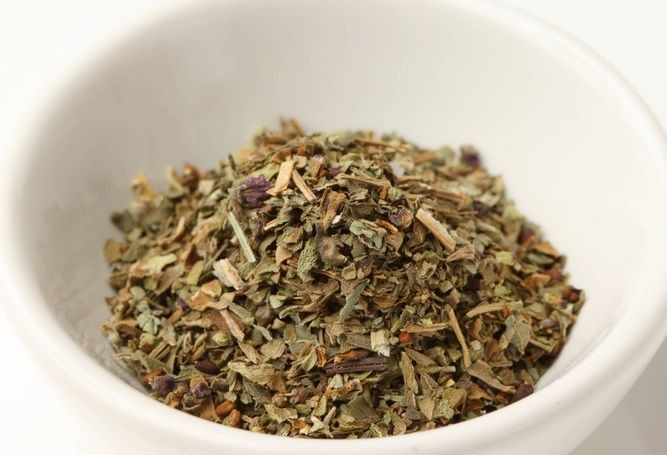DEA Cracks Down On Synthetic Drugs; Targets 25 States In at Least 66 Investigations

Designer drugs are the new wave, apparently. Drugs like synthetic marijuana, K2, Spice, and bath salts have taken the U.S. drug market by storm — the number of synthetic cannabinoids (manmade version of the active ingredients in marijuana) alone grew from two to 51 between 2009 and 2012. The drugs are often sold as herbal incense, potpourri, and jewelry cleaner, and pose a particular health problem as the ingredients used in them keep changing. Because of this, the Drug Enforcement Administration (DEA) has begun cracking down, targeting 25 states on Wednesday.
DEA agents served search and arrest warrants to both suspected makers and sellers of the drugs involved in at least 66 investigations into the harmful substances, NPR reported. In all, the administration made over 150 arrests, served about 200 warrants, and seized about $20 million in cash. The DEA’s crackdown took place across the U.S., from New Mexico to Maryland, and were conducted, in part, because it suspects the revenue from the drugs is being sent to terrorist and criminal groups in the Middle East — in countries like Yemen, Syria, and Lebanon.
“Many who manufacture, distribute, and sell these dangerous synthetic drugs found out first hand today that DEA will target, find, and prosecute those who have committed these crimes,” DEA Administrator Michele M. Leonhart said in a statement, according to The Washington Post. Meanwhile, the DEA is also planning to go after Chinese chemical manufacturers, and their distributors, wholesalers, and retailers in the U.S.
The DEA’s actions come on the heels of almost 120 reported overdoses from synthetic marijuana, which all occurred in Texas over the past five days. The drug, which is supposed to mimic the effects of marijuana’s active ingredient, tetrahydrocannabinol, ended up causing those who overdosed to experience feelings of psychosis, altered mental states, and abnormal behavior like severe anxiety.
Synthetic cathinones have also seen a burst in growth. The number of newly identified cathinones, which mimic the effects of methamphetamine, rose from four in 2009 to 31 in 2012, according to the White House. Along with a number of other synthetic compounds, government agencies identified a total of 158 new substances in 2012. With such quick growth rates, the government has had trouble keeping up, and currently categorizes only 26 substances as Schedule I under the Controlled Substances Act. At the same time, many manufacturers avoid regulation from the Food and Drug Administration by labeling the drugs “not for human consumption.”
Published by Medicaldaily.com



























